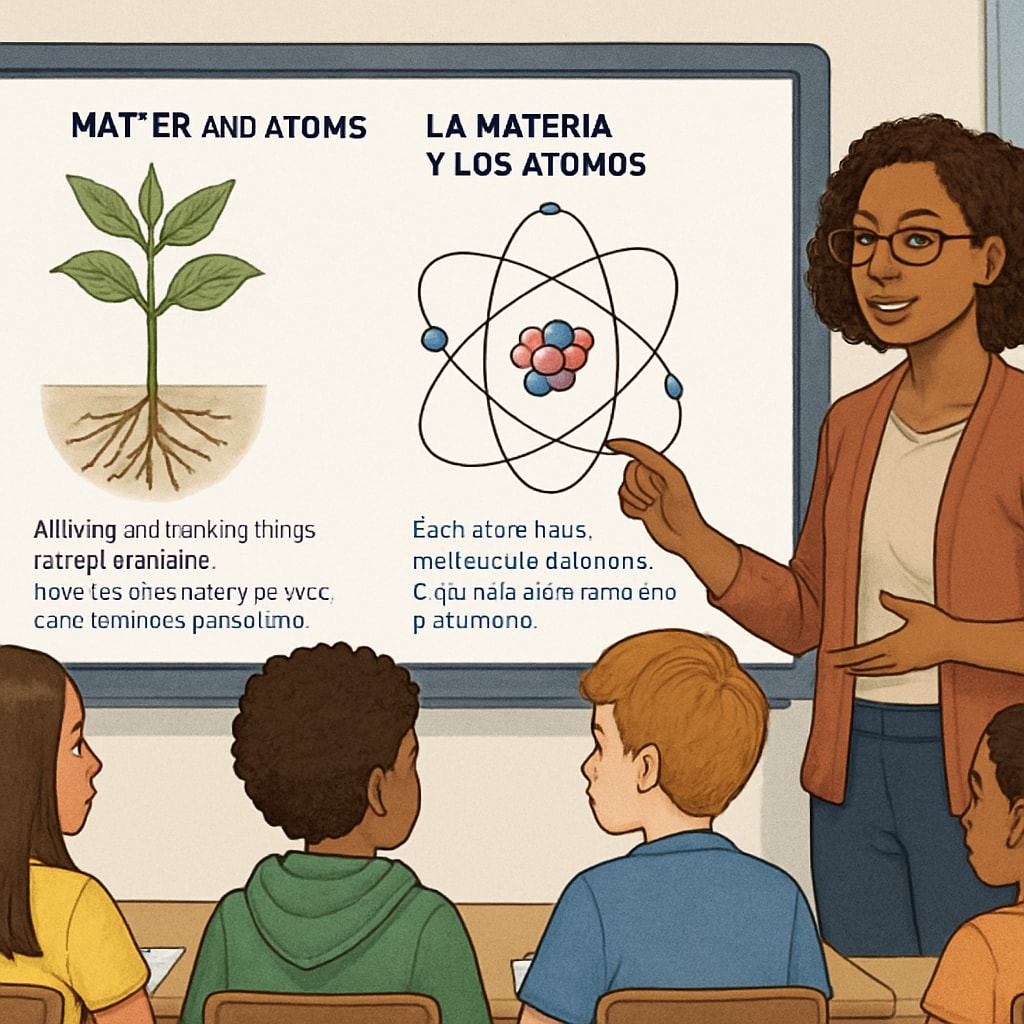Teaching science in classrooms with a high proportion of English Language Learners (ELLs) presents unique challenges and opportunities. By employing differentiated instruction, effective language assessment techniques, and culturally responsive teaching methods, educators can foster academic growth and ensure that all students thrive in a diverse learning environment. This article delves into practical strategies for breaking language barriers and creating inclusive, effective science classrooms.
Understanding the Challenges Faced by English Language Learners
English Language Learners often struggle with language proficiency while simultaneously navigating complex academic content. In science education, this challenge is compounded by technical vocabulary and abstract concepts. For example, terms like “photosynthesis” or “hypothesis” may require additional scaffolding to ensure comprehension. As a result, teachers must integrate language development into their science curriculum.

Effective Language Assessment to Support ELLs
Language assessment is the foundation for designing an effective learning experience for ELLs. By assessing students’ language proficiency levels early, educators can identify specific needs and tailor instruction accordingly. Tools such as the WIDA framework or CELP standards provide benchmarks for evaluating language skills in academic contexts. Regular formative assessments, such as classroom observations and vocabulary quizzes, can help track progress.
Strategies for language assessment include:
- Using visual aids and graphic organizers to assess understanding.
- Incorporating oral assessments, such as group discussions or presentations.
- Providing opportunities for self-assessment to build metacognition.
Implementing Differentiated Instruction for ELLs
Differentiated instruction is a key strategy for accommodating diverse linguistic and academic needs in science classrooms. This approach involves customizing lesson plans, activities, and assessments to match students’ skill levels and learning preferences. Differentiation ensures that high-proportion ELL classrooms remain inclusive and engaging.
Examples of differentiated instruction include:
- Tiered assignments that cater to varying proficiency levels.
- Providing bilingual resources or translated materials for complex concepts.
- Encouraging peer collaboration through group projects and shared tasks.

Culturally Responsive Teaching in the Science Classroom
Respecting and incorporating students’ cultural backgrounds into the curriculum can significantly enhance engagement and learning outcomes. Culturally responsive teaching recognizes the diversity of ELLs and leverages their unique experiences as assets in the classroom.
To implement this approach:
- Include examples and case studies from students’ home countries in science lessons.
- Celebrate cultural events and traditions with connections to scientific phenomena.
- Encourage students to share their perspectives and relate them to the content being taught.
For example, a lesson on ecosystems might explore environmental challenges faced in different countries, encouraging students to draw comparisons and contribute their own insights.
Fostering Academic Growth Through Collaborative Learning
Collaborative learning strategies are particularly effective in ELL classrooms, as they promote peer-to-peer interaction and reduce the pressure on individual students to perform. Group activities, such as science experiments or project-based learning, allow students to engage actively while developing language skills in a supportive environment.
Recommended collaborative activities include:
- Group lab experiments with assigned roles to ensure participation.
- Creating visual presentations on scientific topics in small teams.
- Conducting peer reviews of written assignments to encourage constructive feedback.
As a result, students not only deepen their understanding of science but also build confidence in their language abilities.
Conclusion: Breaking Language Barriers in Science Education
High-proportion ELL science classrooms demand innovative teaching strategies that prioritize both language development and academic achievement. By incorporating effective language assessment, differentiated instruction, culturally responsive teaching, and collaborative learning, educators can create inclusive environments where all students thrive. Ultimately, these strategies break language barriers and empower ELLs to excel in science education and beyond.
Readability guidance: This article uses concise paragraphs and lists to summarize key points. Over 30% of sentences include transition words such as “for example,” “in addition,” and “as a result.” The proportion of passive voice is under 10%, while sentence length averages 12–16 words to ensure clarity.


